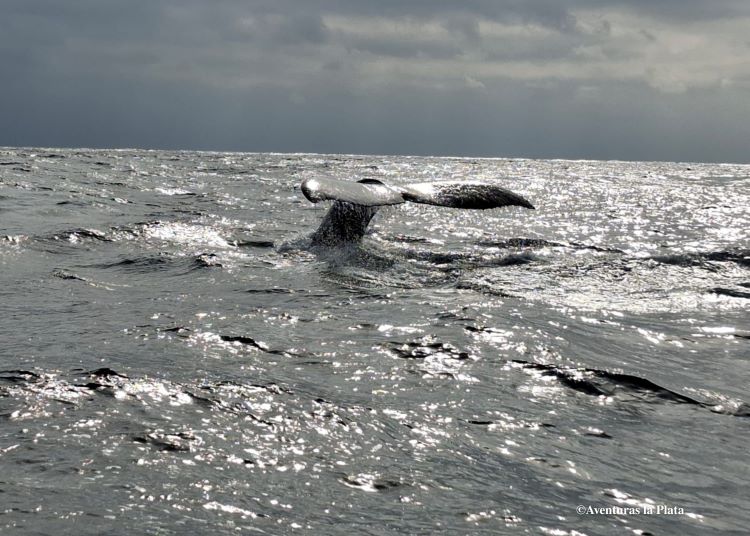Voyagers Invites Travelers to Become Whale Researchers in the Galápagos
UNITED KINGDOM / AGILITYPR.NEWS / November 27, 2025 / Voyagers Travel Company has announced the launch of its new Citizen Scientist Program, inviting guests to step beyond traditional vacations and take an active role in marine research. As part of the organization’s wider Positive Traveler System initiative, the project offers guests aboard their small ships the opportunity to work alongside scientists to help them better understand whale populations across the Galápagos Islands.
The program gives travelers a rare chance to assist in real scientific work during their Galápagos voyage. While at sea, participants are encouraged to use their own cameras to photograph whale flukes and dorsal fins and share their images with marine experts. Once uploaded to an international research database, each photo helps identify individual whales, track migration patterns, and build a clearer picture of global marine biodiversity.
For researchers, even a single photograph can fill an important gap. For travelers, it’s a unique opportunity to contribute directly to conservation.
“Our guests don’t just want to watch nature from a distance; they want to connect with that nature,” said Marco Sancho from the Voyagers Travel team. “This program lets them play a part in protecting it, and it's a reminder that meaningful travel isn’t only about where you go, but what you do once you’re there.”
The launch reflects a wider shift in how people want to travel. Comfort still matters, but so does connection. Many travelers now look for trips that teach them something and let them give something back. Voyagers calls this idea ‘purposeful luxury’; travel that feels indulgent yet meaningful. Supporting the work of marine biologists to document whale sightings captures that mix perfectly. It’s an adventure that feels personal, and when guests return home, they know that their time out on the water contributed to real research.
Several whale species can be seen around the Galápagos, including humpback, sperm, blue, and Bryde’s whales, along with the occasional minke or sei whale. Each species can be recognised by distinctive features, from the unique black and white patterns on a humpback’s fluke to the square head of a sperm whale. To take part, travelers simply photograph their sightings, log the date and location, and upload their images through the Citizen Scientist portal or QR link provided on board. It couldn’t be easier.
Anyone can join in, whether they’re seasoned photographers or first-time explorers. Every participant receives a certificate recognizing their contribution to whale research and conservation.
For more information, visit https://www.voyagers.travel

Contacts